Archive by Author
What is the Active Participle in Arabic? (I) Posted by Ibnulyemen اِبْنُ اليَمَن on Aug 31, 2017
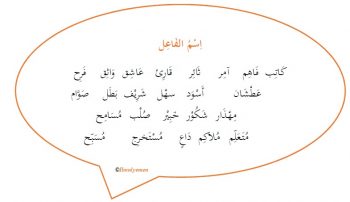
The active participle (AP) is known as اِسمُ الفَاعِل in Arabic. It is one of many Arabic noun types that are derived from active verbs. Depending on how it is used in phrases or sentences, AP can be classified into two forms: adjectival (i.e. like an adjective) noun and non-adjectival noun (i.e. the doer or…
MSA and Egyptian Pronunciation Differences [Consonants] Posted by Ibnulyemen اِبْنُ اليَمَن on Aug 24, 2017
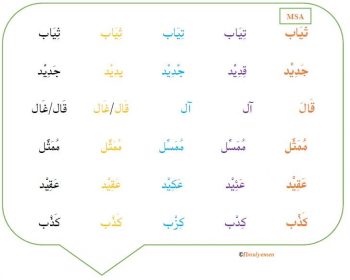
Egyptian Arabic (EA) differs from Modern Standard Arabic (MSA) in certain aspects of grammar, word-formation, and pronunciation. Differences in pronunciation can be in producing consonants, vowels, clustering (i.e. how many consonants can occur in a cluster), and stress. For this time round, let’s look at the differences in the pronunciation of consonants. In listening to…
The Inception of Dotting and Diacritics in Arabic Posted by Ibnulyemen اِبْنُ اليَمَن on Aug 17, 2017
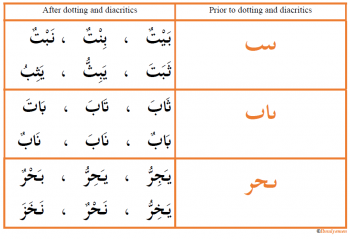
During the early days of Islam, Arabic scripts had neither dots nor diacritics. As illustrated in the Table (1), a word with neither of these typographic features had multiple meanings. Figuring out what it meant depended primarily on Arabs’ intuition, memory, and the context. By the time of fourth Caliphate, Imam Ali ibn Abi Talib…
Arabic Verb Forms [Transitive vs. Intransitive] Posted by Ibnulyemen اِبْنُ اليَمَن on Aug 10, 2017
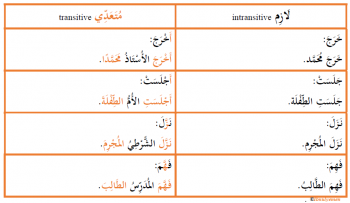
We use the language to share our feelings and thoughts. This entails expressing a state of being or an action. In Arabic, the latter is done using a verbal sentence. As the name suggests, it should contain a verb; plus, it, the verb, must occur sentence-initially. To make sense, it is essential that we know…
30 Common Opposites in Arabic with Examples Posted by Ibnulyemen اِبْنُ اليَمَن on Aug 3, 2017
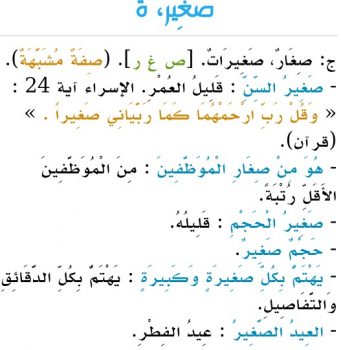
When learning a foreign language, a successful way to augment our vocabulary is through opposites. These words are used to describe people and/or things, hence commonly known as ‘adjectives.’ Even though they have other names in Arabic grammar, for now look at this list, go over it periodically and several times for speedier and lasting…
Conjugating لَيْسَ laysa and كَاْنَ kaana Posted by Ibnulyemen اِبْنُ اليَمَن on Jul 27, 2017
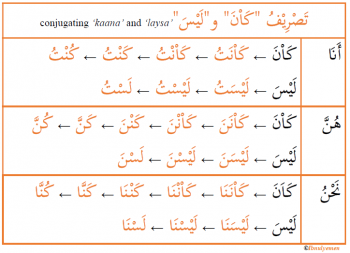
The Arabic sentence is either اِسْمِيَّة ismiiyah ‘nominal’, i.e. has no verb, or فِعْلِيَّة fi‘liiyah ‘verbal’. Their frequency is similar. لَيْس laysa ‘not’ and كَانَ kaana ‘was/were’ are mainly associated with the nominal. Therefore, both are important and frequent; knowing the regularity and irregularity of their تَصْرِيْف taSriif ‘conjugation’ is essential for easier learning and…
Arabic Verb Forms [Conjugatable vs. Non-conjugatable] Posted by Ibnulyemen اِبْنُ اليَمَن on Jul 24, 2017
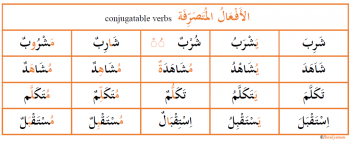
Arabic verbs are either fully conjugatable, partially conjugatable, or non-conjugatable. In Arabic grammar, this classification is referred to as مُتَصَرِّف mutaSarrif ‘conjugatable’, مُتَصَرِّف نَاقِص mutaSarrif naqiS ‘partially conjugatable’ and جَاِمد jamid ‘non-conjugatable.’ … Continue Reading


